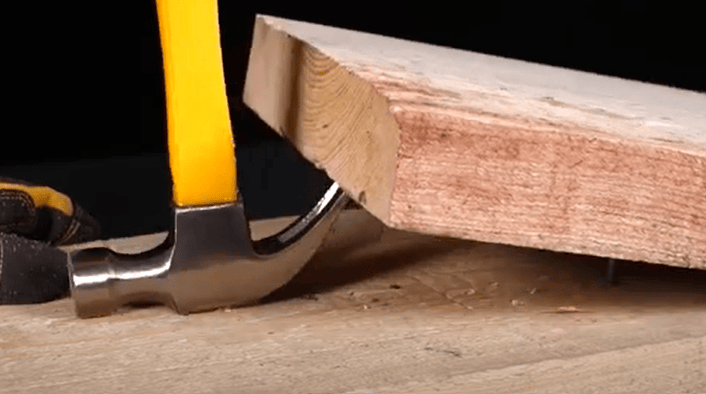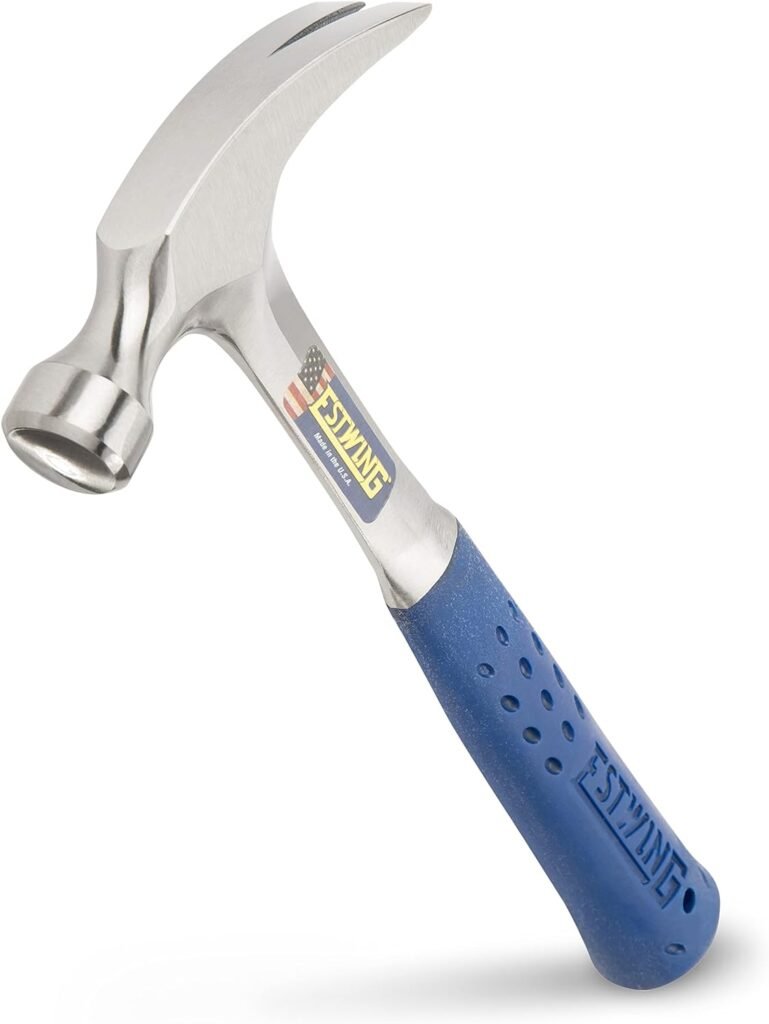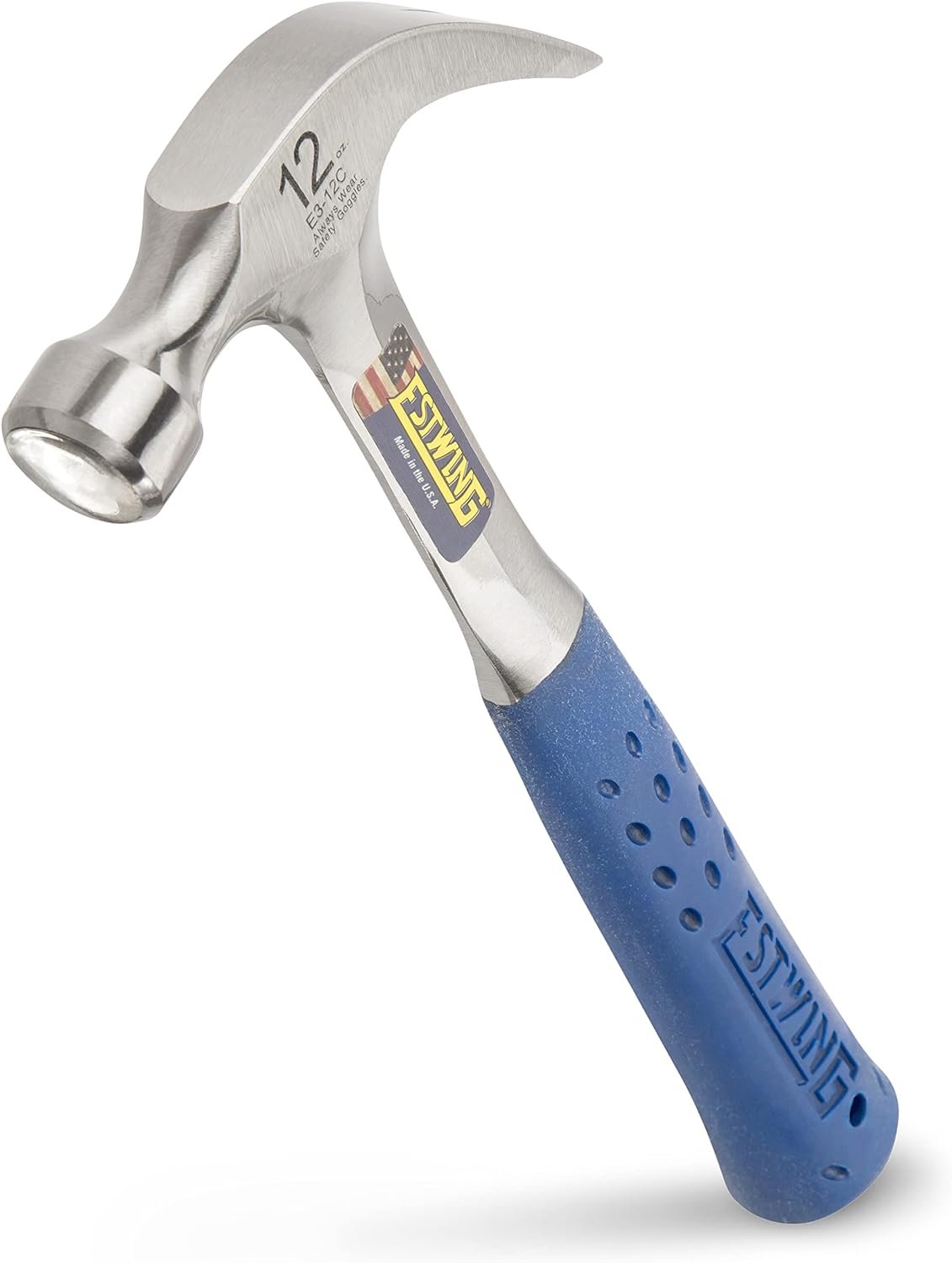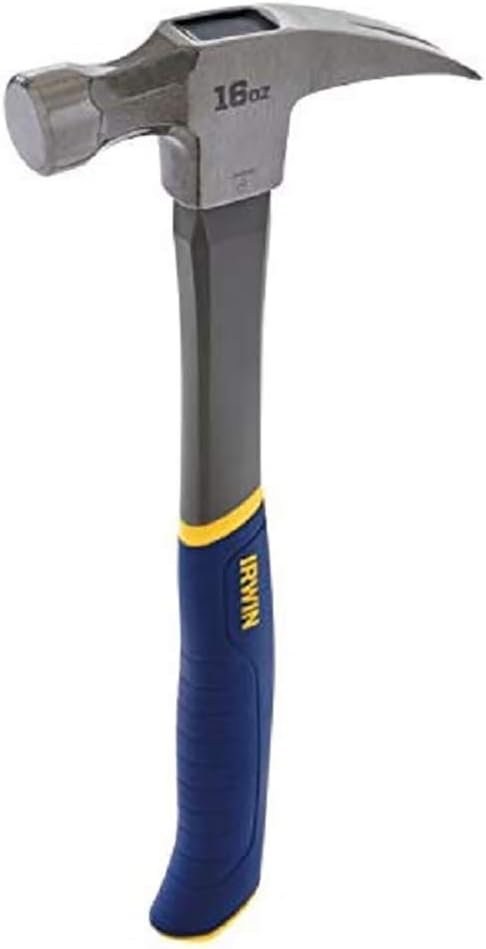Clicking on Amazon Services LLC Associates Program links on our site may earn us a commission. We provide unbiased overview of products and your support keeps us honest and objective. Thank you for helping us continue our work. Learn More →
Claw Hammers
top picks
a Tool for Every Job

The claw hammer is an essential tool recognized for its remarkable usefulness and dual functionality. Featuring a flat striking surface on one end for driving nails and a curved forked claw on the other for extracting them it is a core in both professional and domestic toolboxes. Its robust design makes it an essential tool in various tasks from heavy duty construction work to light home repairs. The claw hammer’s ergonomic handle ensures a comfortable grip reducing user fatigue and enhancing precision which is crucial whether you are a tradesperson or DIYer.
Tradespersons, especially in carpentry and construction, depend on the claw hammer for its efficiency and reliability. The balance and weight of the hammer are critical factors that professionals consider as these attributes allow for precise control and effective force application. This precision is vital for high quality workmanship enabling tradespersons to drive nails accurately and remove them cleanly without damaging surrounding materials. The durability of the claw hammer ensures it withstands the rigors of daily use on job sites making it a trusted tool in the hands of skilled workers.
DIYers, the claw hammer is equally valuable. Its straightforward design and ease of use make it accessible to individuals of all skill levels. Whether assembling furniture, hanging pictures or tackling various home improvement projects, the claw hammer proves to be an invaluable asset. Its simplicity does not compromise its effectiveness, instead it enhances its usability. DIYers appreciate that the claw hammer requires minimal maintenance and can endure years of use providing consistent performance in numerous applications.
BUYERS GUIDE
Claw Hammers
Material and Construction:
The quality of the materials used in a claw hammer significantly affects its durability and performance. Look for hammers made from high grade steel for the head as this material offers excellent strength and resistance to wear and tear. The handle can be made from wood, fiberglass or steel. Wooden handles often made from hickory provide a traditional feel and good shock absorption. Fiberglass handles offer a good balance of strength and shock absorption while steel handles provide maximum durability but may transmit more vibration to the user.
Weight and Balance:
The weight of the hammer head is crucial for both power and control. Common weights range from 450g (16 oz) to 560g (20 oz) for general purpose use. A heavier hammer delivers more driving power but can cause fatigue during prolonged use while a lighter hammer offers more control and is less tiring but might require more effort to drive nails. Balance is equally important, a well balanced hammer will feel comfortable and natural in your hand allowing for better accuracy and efficiency.
Handle Design:
The handle design greatly influences comfort and usability. An ergonomic handle with a non slip grip enhances control and reduces strain on your hand and wrist. Contoured handles that fit the natural shape of your hand provide added comfort especially during extended use. Some handles have shock absorbing features to minimize the impact on your arm which is particularly beneficial for those who use hammers frequently.
Type of Claw Hammers:
Outline the different types of claw hammers available and their specific uses. This can include traditional claw hammers, framing hammers and specialty hammers like drywall or finishing hammers. Each type serves different purposes and knowing which one suits your needs can help in making a more informed decision.
Claw Design:
The claw’s design and angle can affect the ease of nail removal and leverage. A curved claw is more common and provides better leverage for pulling nails while a straight claw (rip claw) is more suited for prying and demolition work. Consider the types of tasks you will be performing most frequently and choose a claw design that aligns with those needs.
Safety Features:
Highlight any safety features that some hammers might offer. This can include anti-vibration handles, non-slip grips and protective coverings for the claw. Ensuring that the hammer has features that enhance safety can prevent injuries and make usage more comfortable.
Special Features:
Some claw hammers come with additional features that can enhance their functionality. Magnetic nail starters for instance, allow you to start nails with one hand which can be particularly useful in tight spaces or awkward positions. Vibration dampening technologies and specialized grip materials can also improve comfort and reduce fatigue during extended use.
Durability and Warranty:
Investing in a hammer from a reputable brand often ensures better build quality and durability. Look for hammers that come with a warranty as this indicates the manufacturer’s confidence in their product. A good warranty provides peace of mind and protection against defects or premature wear.
Price and Value:
While it’s tempting to go for the cheapest option remember that a high quality hammer is an investment. A well made hammer will last longer and perform better saving you money in the long run. Evaluate the features and benefits of each hammer relative to its price to determine the best value for your budget.











